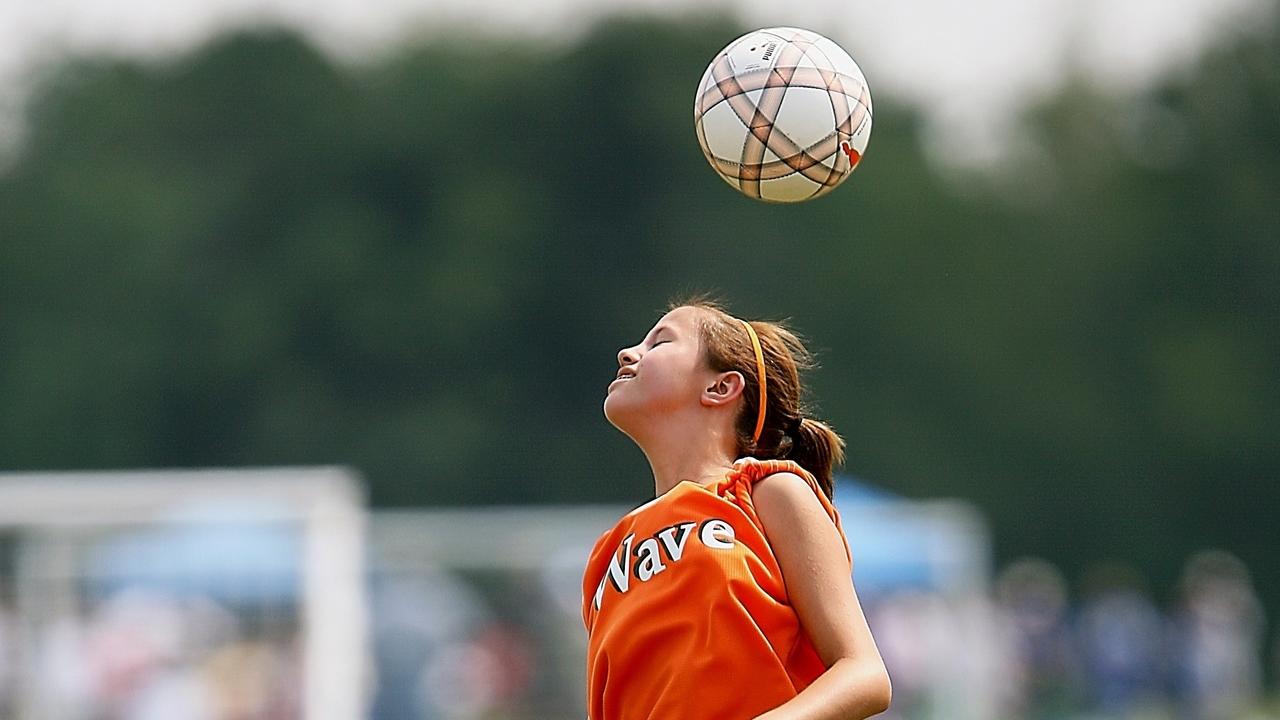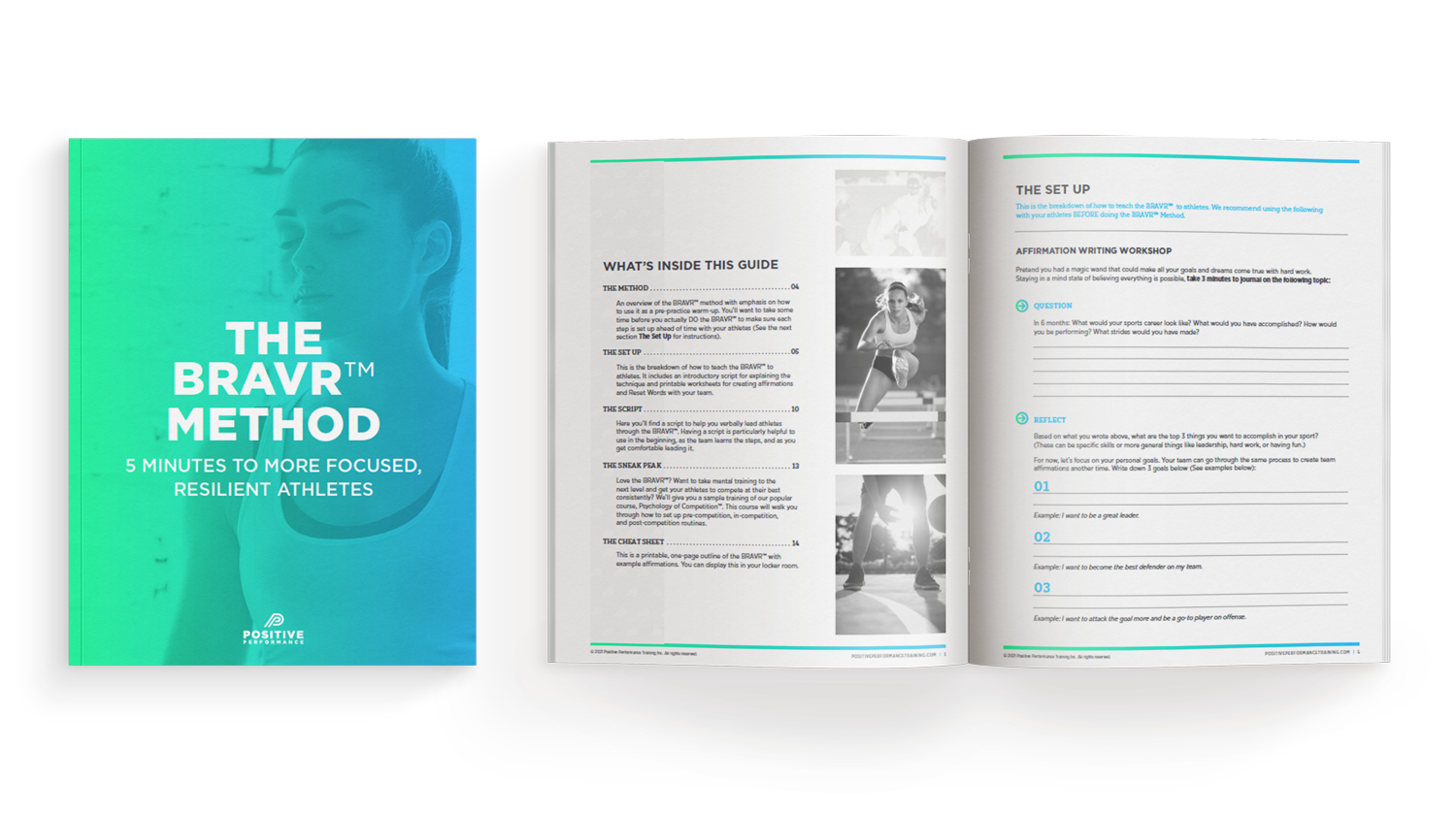How To Teach Visualization To Athletes Of Any Age
Mar 02, 2017
Coaches often ask me, "Lindsey, can I apply what I'm learning in your trainings to my younger athletes?" To which I respond YES! But, there are some tips that can really help you implement these tools in a way that makes sense with young athletes.
So let's start with one of the most useful mental training tools: Visualization
(if you don't know where to start, the BRAVR method is a great focusing tool- you can download here).
In order to teach younger athletes visualization, it's important to do it in a way that’s easily accessible and fun for them. Here are some tips on introducing younger athletes to visualization.
4 Tips for Teaching Visualization to Any Age
Use the Right Verbiage
Make visualization easily accessible to younger athletes by using words and concepts that they understand. They likely don't know what 'visualization' means and it will be easier to have them do it than explain what it is. Here are some examples of phrases that can get them started visualizing:
- We’re going to play pretend
- I want you to use your imagination to make a movie in your mind
Make it Simple and Non-Intimidating
Start with something that’s not sport specific.
- Imagine your favorite dinner.
- Picture a toy or car (or something else that that they might want that is age appropriate).
Bring in Other Senses
Once you’ve talked about what they see on the dinner table, ask them about other senses. Depending on the person, different senses are more powerful than others.
- What does the fork feel like in your hand?
- What does the pizza smell like?
- What does the room sound like? Is anyone talking?
- One of the most popular examples of this is to have them look at, examine and taste a raisin then describe it.
Make it Sports Specific
Once they’ve had some practice imagining, ask them to remember their best performance. gradually ask them:
- Did you feel happy? proud?
- What was the weather like? Was it cold?
- What did your mom say after the game?
One of the biggest barriers to visualization is pressure. Remove that barrier by letting them know that their minds will wander, and it’s okay. Make the exercise fun, and pressure-free.
Have you taught visualization to your younger athletes? Tell us about your experience below!
What if you could do something to ensure that your athletes are in a good headspace before they step on the field?
The BRAVR Method™ is an easy-to-implement, 5-minute, pre- and post-competition routine that will:
- Get your athletes to compete at their best, regardless of uncontrollables
- Help your athletes recover quickly from mistakes and avoid getting into a self-defeating headspace
- Teach your athletes to reflect on their performance to learn valuable lessons from every win and loss
Get your copy today and join the thousands of coaches across the world who are using The BRAVR Method™
Join Our Community Of 10,000+ Coaches
Dive deep into the world of mindset coaching. Our no-frills, tough-love advice, easy-to-implement guides, and insightful blogs are specifically designed to help you and those you lead to tap into your next level.





